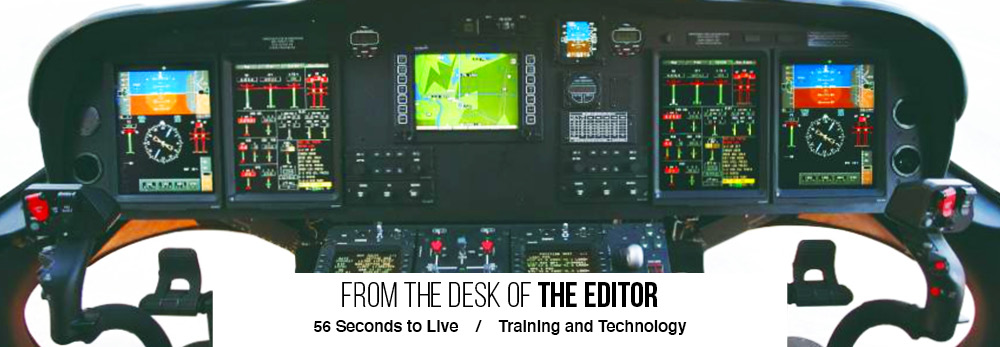|
Aug
30
2021
|
|
Posted 4 years 109 days ago ago by Admin
|
|

In February of this year, the United States Helicopter Safety Team, with support from Helicopter Association International, Airbus, and Frasca International produced a short video titled 56 Seconds to Live.
In this chilling video, the viewer is taken on a dramatized journey, which shows a pilot making all the wrong decisions during the process of accepting a flight, which then leads to an IIMC condition, culminating in his death. At the very end his spouse and child stand at his grave.
Given the challenging nature of helicopter air ambulance (HAA) work, IIMC accidents have always been a large part of HAA accident stats over the decades. I often wonder: are we getting better as an industry?
I recently read a 2013 article from Flying magazine titled “Rethinking the Safety of Medical Helicopters.” The article rewound to 2008 when the HAA industry was dubbed the most dangerous in America, eclipsing traditionally risky professions like logging, steelworking, deep-sea fishing, and coal mining.
More recently, according to the 2020 Annual Report to the U.S. Congress titled “Safety of Air Ambulance Operations” (reporting 2019 data), there were 1,230 air ambulance helicopters in operation having flown a total 399,051 hours. During that year, there were nine HAA accidents. Three of the nine accidents resulted in six fatalities. Two of the nine accidents were attributed to loss of situational awareness in low-visibility conditions resulting in impact with the ground.
Training and Technology
Just a few years ago, autopilot systems (e.g., HeliSAS) were developed for light single-engine helicopters, which are typically used in HAA. In my humble opinion, aside from NVGs, this is the greatest tech advancement that has the potential to reduce accidents in HAA. Thankfully, the technology has been rapidly injected into operations.
On the training front, operators have been turning more and more to simulator manufacturers like FRASCA, Flight Safety International. Helisim, and Entrol as a broader part of the training curriculum. Sims afford a cost effective way to train for IIMC conditions and also enhance instrument flying skills. Additionally, there’s new in-cockpit, view-limiting training technologies from companies like Icarus and AT Systems which are putting pilots in more realistic situations involving reduced visibility and spatial disorientation. This technology is already becoming part of several HAA operator’s training programs.
As an industry, we seem to be moving in the right direction. The OEMs and technology manufacturers have been innovating us towards safer ops. The regulators and operators have also worked hard to implement policy, training, culture, and procedures to make HAA flights safer. In the end, however, it often comes down to a single decision made by the pilot in those last 56 seconds. Let’s use all that technology and training to make the right decision.
WATCH VIDEO: USHT.org/56secs.